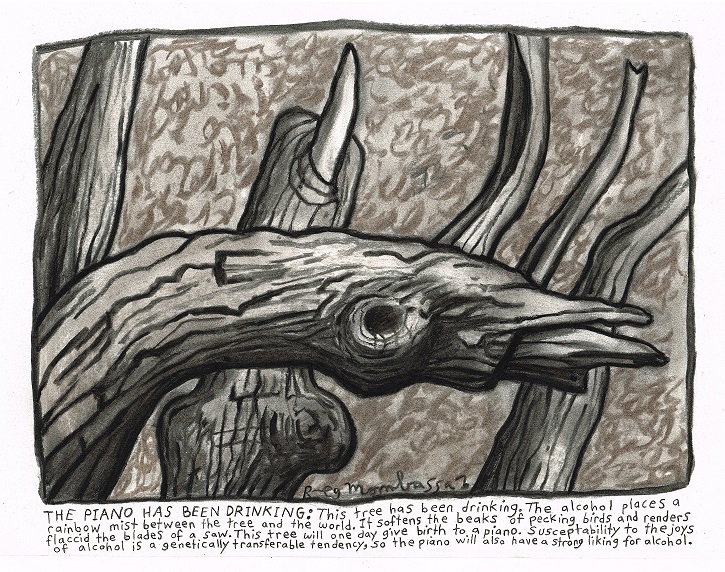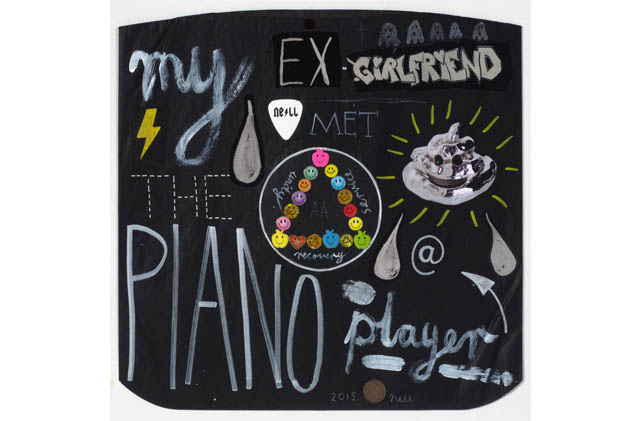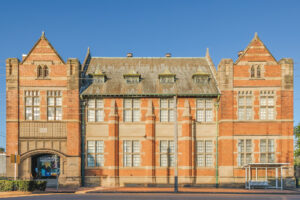M&G: Thanks for speaking with us and congratulations on your final exhibition at the Maitland Regional Art Gallery (MRAG) and the ‘festival of Joe’! With such a long and successful career in the regional public galleries sector we’d like to ask about what you’ve achieved for MRAG and how it all began.
After coming as a migrant to Sydney as a child in the ‘50s, you studied a Masters of Arts at the University of Sydney and wrote your thesis on Leonard Woolf, husband to Virginia Woolf; something which led you to spend some time in England working at the University of Cambridge. How did the transition to regional NSW and public galleries occur?
JE: When I was overseas I saw lots of art – in churches and cathedrals and everywhere – I was studying to be an historian and knew it was not going to be a career, so I thought I’d come back to Australia and try something different. In the 70s jobs were easy to get. I started out as a part-time Project Officer with the Crafts Council of NSW, it no longer exists now of course – but I just went from job to job and my commitment grew as I moved from one to the next.
M&G: Maitland Regional Art Gallery has a reputation for its works on paper collection. There’s a cafe and a gift shop onsite that have made the gallery a social hub for the community and for visitors. During your tenure, the audience attendance to the gallery has more than tripled and the collection has quadrupled. Of all the achievements at MRAG what are you most proud of?
JE: Getting people to come in. Really, that’s what I’m most proud of. Our audiences have grown and continue to grow. We’re next door to Centrelink in Maitland and people come into the gallery from there and I’m proud of that, proud that local people can use the place, and want to use the place.
M&G: Why just paper? What is it about this medium that you decided was worthy of being the focus of the MRAG collection?
JE: Well, it wasn’t just me that decided. We consulted a trio of experts – it was clear that you couldn’t just start from scratch and collect every type of Australian art – you had to find something specific, an area to specialise in. We started thinking about the impact of floods in Maitland so decided on something that would be relatively easy to move if necessary. Works on paper was an area of Australian art that was undervalued at the time, so there was an opportunity to change the way people thought about paper, and it offered affordability as well. The collection policy is quite expansive – it includes everything made from paper: prints, photographs, drawings, papermaking itself and artists’ books, as well as sculptures. We have two permanent paper and cardboard sculptures on display.
"We’re next door to Centrelink in Maitland and people come into the gallery from there and I’m proud of that, proud that local people can use the place, and want to use the place ..."
M&G: As part of the final festivities marking the end of your directorship at the gallery you put out a call to artists to create and donate works on paper based on the lyrics of the celebrated Tom Wait’s song The piano has been drinking not me. What is it about this song that draws you in?
JE: It’s really about the words. It’s a very descriptive song, quite accessible – and there’s something for everyone in it. If an artist wanted to make work about animals, that’s there, still life is there, people are there. It’s evocative and even if you don’t like Tom Waits it’s a song that reaches out to everyone.
M&G: The call out resulted in a huge response of 160 new works for the MRAG collection with a value well over $100,000. What are some of your favourite pieces among these new artworks?
JE: Tallulah Cunningham did a wonderful piece and included every image in the song. It captures so much, and it captures me as well, so I like that one. So many artists went to so much trouble – almost everything was well considered which makes it almost impossible to pick one. Alun Leach Jones did an abstract work – if you know his work you’ll know he’s an abstract artist –but when you look into it, you see much, much more. I love the way each artist was so generous, the way they used their own language to make something personal and connect with the song.
"I always wanted to work in regional areas, large organisations have never appealed to me... I’m proud and really, I’ve loved every minute ..."
M&G: To young curators and arts administrators interested in the regional public galleries network what would be your career advice?
JE: [Long pause, deep chuckle] I’d tell them to go away –don’t do it! These days you need three Phds and a couple of Masters Degrees, ten years’ experience and a lot of time on your hands. It’s a fantastic life – but it’s not easy. Yeah, I really would advise against it. I’d tell them to find something else to do. [Laughs again]
M&G: If you had your time over, is there anything you would do differently?
JE: Well, I’ve thought about that a lot over the last few months, but I really don’t have any regrets. I always wanted to work in regional areas, large organisations have never appealed to me. Maybe there are small things I’d change – you know decisions about a different fundraising approach or something, but there’s nothing we’ve bought or any place I’ve worked that I regret. I’m proud and really, I’ve loved every minute.
M&G: And finally, can you tell us which artists or artworks changed the way you look at the world?
JE: I’d think I’d choose Charles Blackman for an Australian artist. He can make a line do anything – with the flow of his hand that line can say so many things. And internationally I love Kandinsky and always have. Again, because of the use of line and his colour too. Both artists have similar brains I think, similar hands – their use of line and the way they can shape and form ideas using it. That really appeals to me.
With thanks to Jo Eisenberg and Maitland Regional Art Gallery.
For more on the JUST PAPER events and exhibitions visit: http://mgnsw.org.au/events/just-paper






